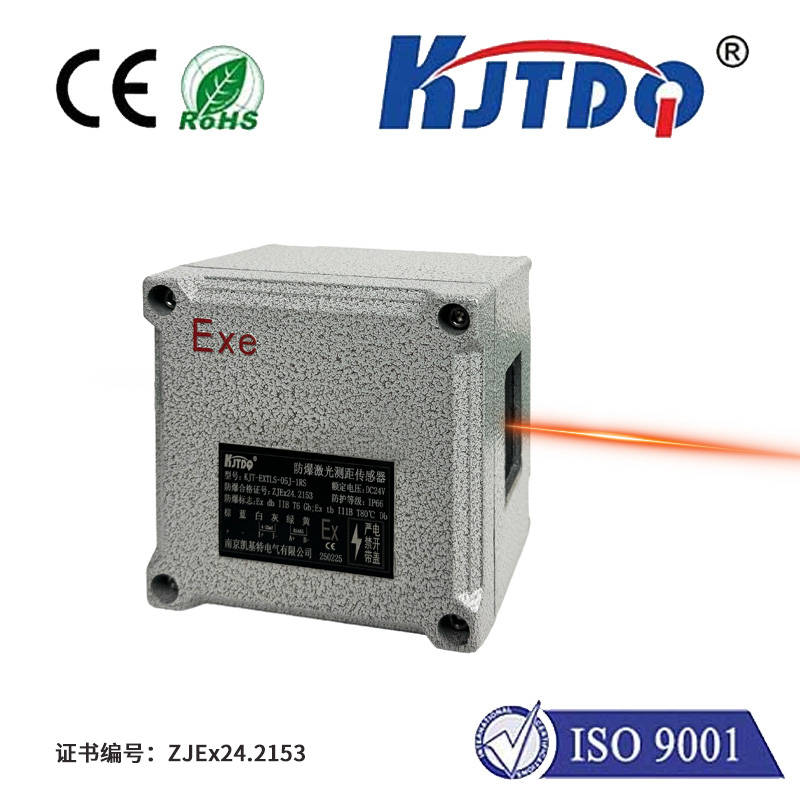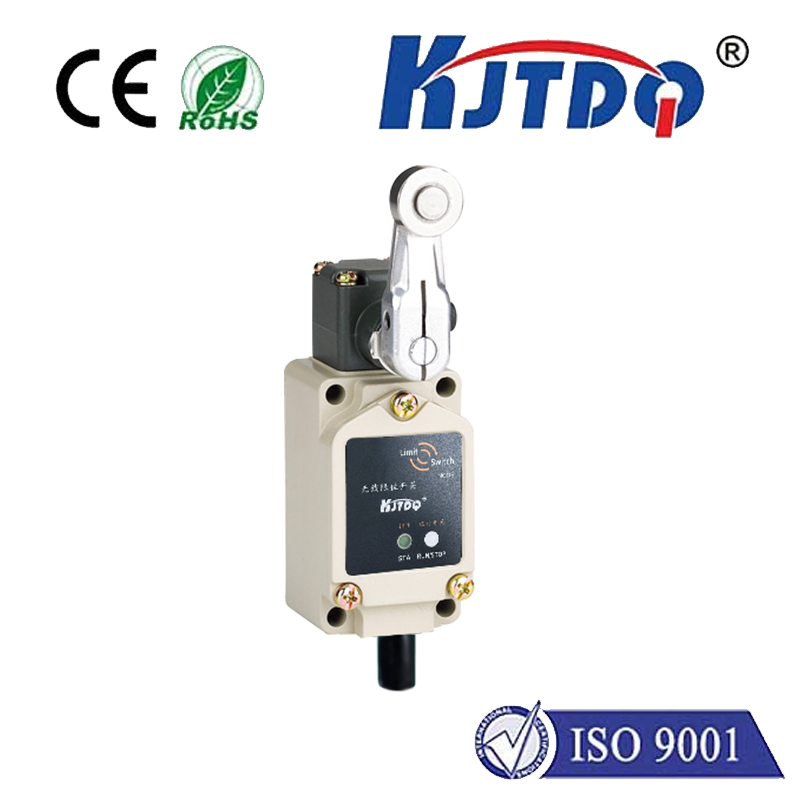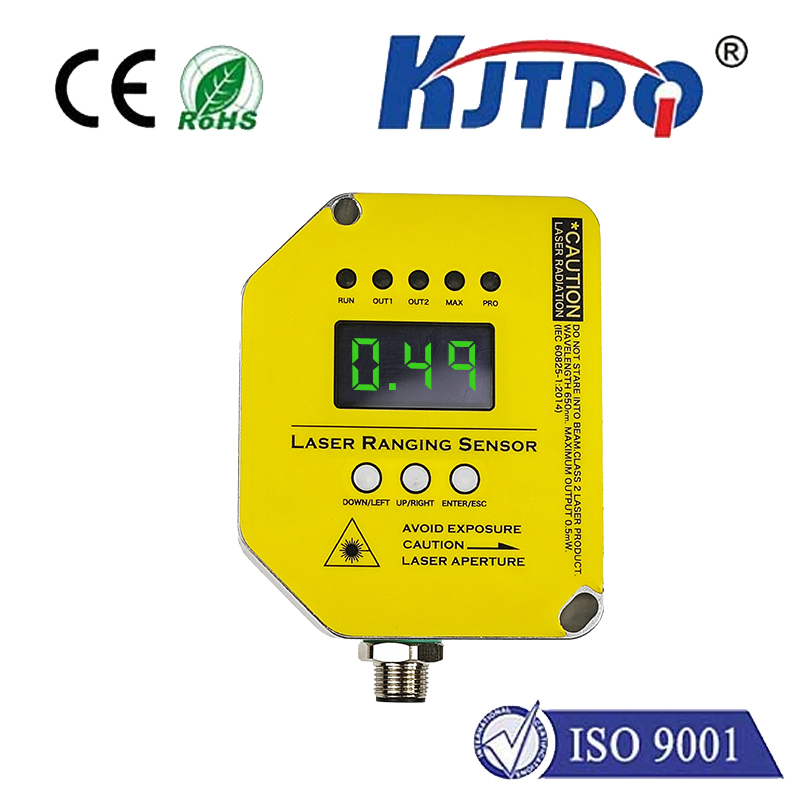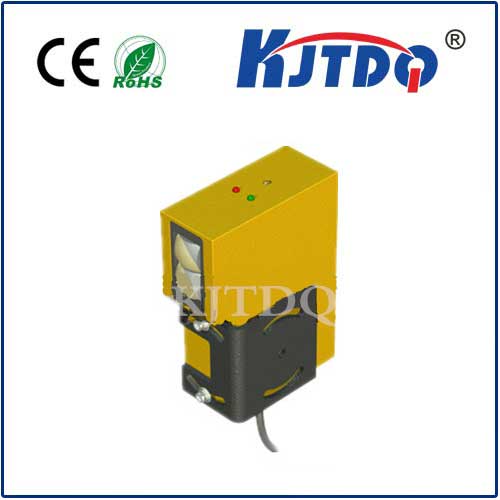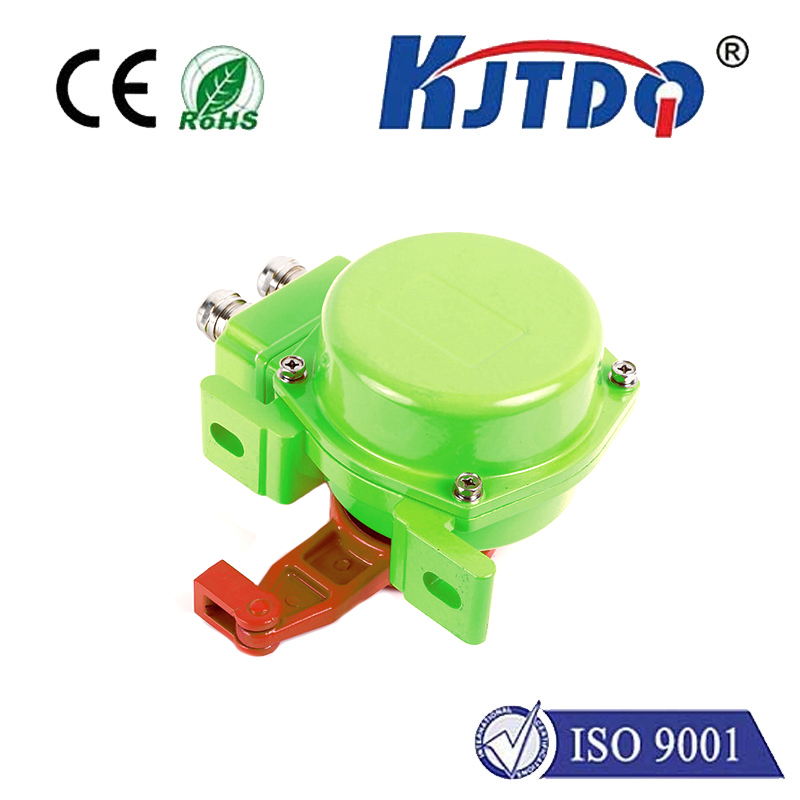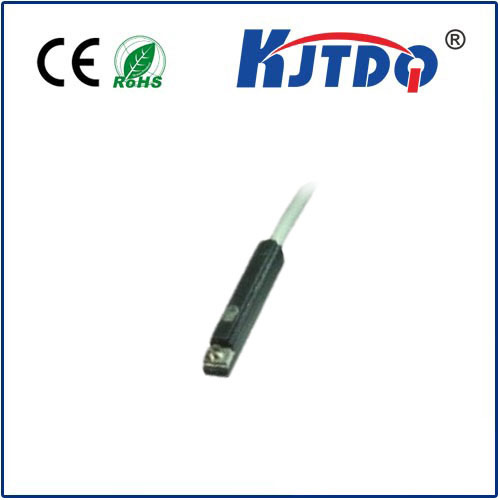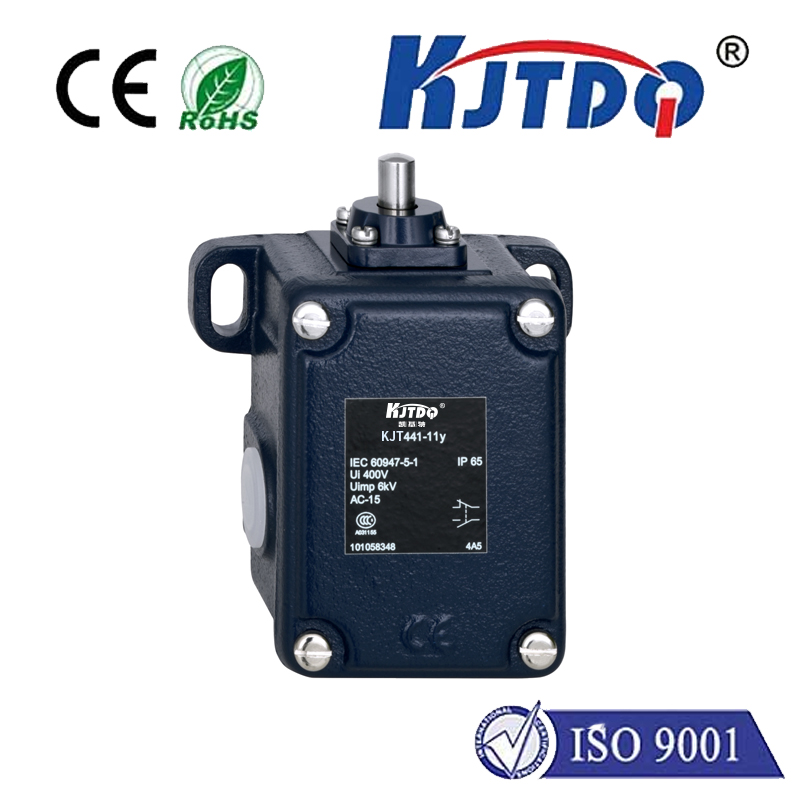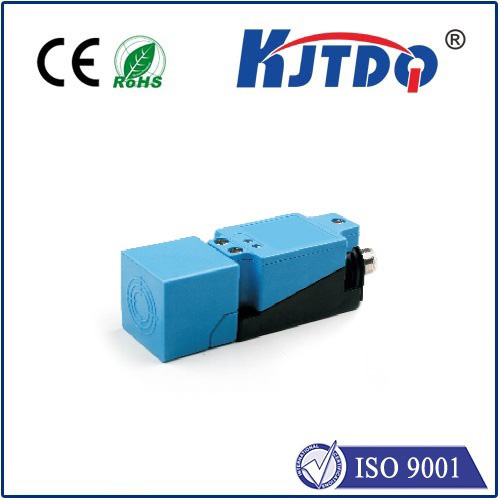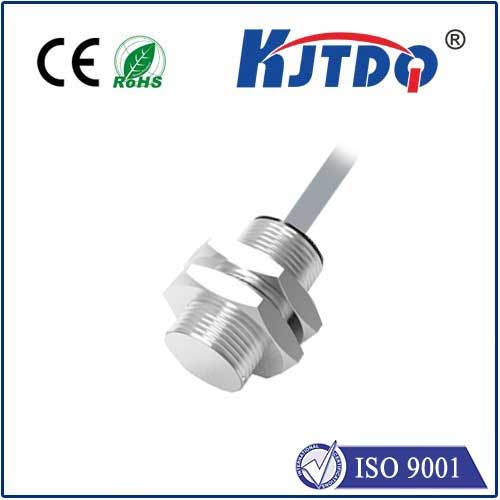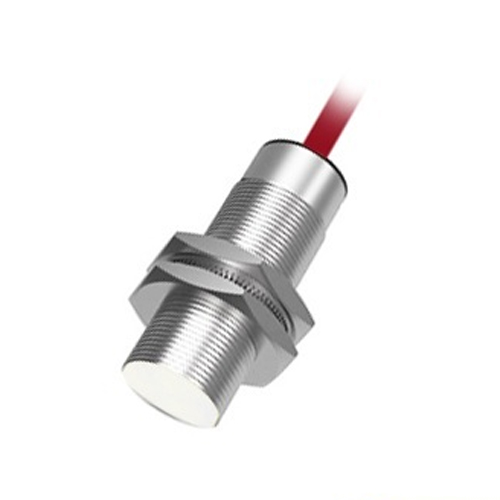E3FB-TP21-F2 background suppression photoelectric sensor
- time:2025-10-09 11:10:47
- Click:0
E3FB-TP21-F2: Master Object Detection in Complex Environments with Background Suppression
Imagine a critical assembly line where robotic arms place delicate components onto fast-moving conveyor belts. Ensuring each part is perfectly positioned before the next step is paramount. But what happens when similar objects clutter the background, or glossy surfaces reflect light erratically, creating false triggers? Traditional sensors might stumble, causing costly errors or stoppages. This is precisely where the precision of Background Suppression technology, exemplified by the E3FB-TP21-F2 photoelectric sensor, becomes indispensable. This advanced sensor cuts through visual chaos, offering unparalleled reliability in demanding industrial automation and logistics applications.
Photoelectric sensors are the workhorses of modern automation, using light beams to detect the presence, absence, or distance of objects. While diffuse sensors are common and cost-effective, they face significant limitations when objects and backgrounds share similar reflectivity or colors, or when the target environment is cluttered. In such scenarios, distinguishing the target object from its surroundings becomes challenging, leading to unreliable operation. Retro-reflective sensors solve some issues but require reflectors and can be fooled by shiny objects. Enter Background Suppression (BGS) photoelectric sensors like the E3FB-TP21-F2 – a sophisticated solution designed for these very challenges.
The Core Advantage: True Distance-Based Detection

Unlike diffuse sensors that react solely to the intensity of reflected light, background suppression sensors intelligently determine the distance to the reflecting object. They do this using one of two primary principles, both available within Omron’s E3FB-TP series:
- Triangulation: This method involves a precisely angled emitter (light source) and receiver (light detector). Light emitted hits the target and reflects back. The position where this reflected beam hits the receiver’s sensitive element depends on the target’s distance. The sensor’s internal circuitry analyzes this spot position. Crucially, it’s programmed to only trigger when the reflection comes from within a specific, user-defined distance range (the foreground), ignoring reflections originating from beyond that point (the background), regardless of how reflective that background might be.
- Time-of-Flight (TOF): Some advanced BGS sensors, including specific variants in the E3FB range, use TOF technology. Here, the sensor emits a short pulse of light and precisely measures the time it takes for that light to travel to the target and back. Knowing the speed of light, it calculates the exact distance to the object. The sensor then activates its output only if this calculated distance falls within its preset sensing window.
The E3FB-TP21-F2: Engineered for Robust Performance
The E3FB-TP21-F2 is a stellar representative of Omron’s compact, yet powerful, BGS sensor family. Let’s delve into its key specifications and features that make it a go-to choice:
- Precise Background Suppression: As its core function, it reliably ignores objects beyond its set sensing range. Its fixed range (TP21 variant) offers optimized performance for common mid-range detection tasks, typically around distances like 200-300mm (specific max range depends on the exact model revision - always confirm datasheet).
- Compact, Resilient Design: Featuring an industry-standard M12 housing, the E3FB-TP21-F2 is incredibly space-saving, making it ideal for installations with tight constraints. Its rugged construction boasts an IP67 rating, ensuring reliable operation despite exposure to dust, oil sprays, and water jets – common in industrial environments. The sensing head is typically made from durable PBT resin, resistant to many chemicals.
- IO-Link Communication (Version 1.1): This is a significant upgrade. IO-Link transforms the E3FB-TP21-F2 from a simple switch into a smart sensor node. It allows for:
- Remote parameter setting and adjustment (e.g., sensitivity, operating mode).
- Real-time monitoring of sensor status and health data (diagnostics).
- Simplified wiring (standard 3-wire cable suffices).
- Easier integration into Industry 4.0 and smart factory architectures.
- Faster commissioning and troubleshooting.
- Environmental Toughness: Engineered to withstand harsh conditions, it operates effectively within a wide temperature range (typically -25°C to +55°C) and exhibits strong resistance to ambient light interference (up to 10,000 lux), ensuring stability even under bright factory lighting.
- Visible Red Light Beam: The use of a visible red light LED provides a clear indicator of the beam’s path, vastly simplifying alignment during installation and maintenance compared to invisible infrared beams.
- Reliable Output: Delivers a stable digital signal (PNP or NPN switching output, depending on specific ordering suffix) upon target detection within its set range.
Why Choose BGS? Key Applications of the E3FB-TP21-F2
The distinct advantage of background suppression sensors translates into critical solutions across numerous industries:
- Precise Positioning & Presence Verification: Ensuring parts or products are correctly seated in fixtures, pallets, or nests, even if similar-looking objects or machine parts are visible behind the target zone. Crucial for robotic assembly and machining accuracy.
- Object Detection on Conveyors: Reliably detecting boxes, trays, bottles, or components on varying colored belts or against potentially complex backgrounds (like other products, machinery frames, or packaging materials further back).
- Detecting Transparent/Translucent Objects: While challenging for all photoelectric sensors, BGS models like the E3FB-TP21-F2 can often be tuned to detect the leading edge of clear bottles, glass sheets, or plastic films by focusing on the distance where the object surface interrupts the beam, rather than just relying on reflectivity.
- Ignoring Conveyor Rollers & Structures: Positioning sensors to detect products on the conveyor while disregarding the rollers, support frames, or objects on adjacent lanes situated beyond the set sensing range.
- Logistics & Packaging: Verifying package placement, detecting cases on pallets, or ensuring flaps are folded correctly – often in environments with varied backgrounds.
- Machine Guarding (Non-Safety): Detecting entry into a protected zone defined by a specific distance, ignoring activity further away. (Note: This is NOT for personnel safety; use certified safety sensors for that purpose).
Optimizing Your Automation with Precision
The Omron E3FB-TP21-F2 photoelectric sensor is far more than just a component; it’s a strategic enabler for reliable automation in complex visual environments. By leveraging true background suppression technology, fortified by rugged construction, visible beam alignment, and the intelligence of IO-Link, it solves detection challenges that frustrate traditional sensors. When your application demands the ability to distinguish targets from clutter, operate reliably under harsh conditions, and integrate seamlessly into modern control systems, specifying the E3FB-TP21-F2 is a decision that enhances precision, minimizes downtime, and boosts overall production efficiency. Its compact size and powerful feature set make it an excellent investment for achieving robust and dependable object detection.






